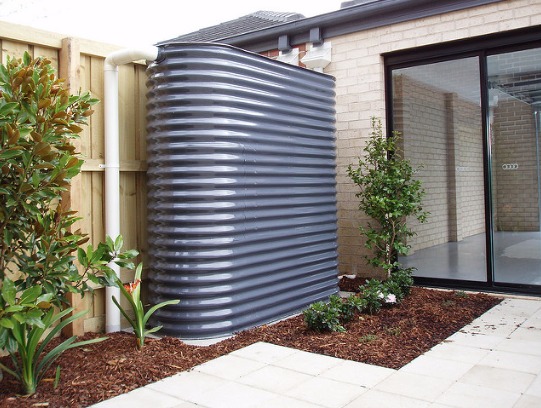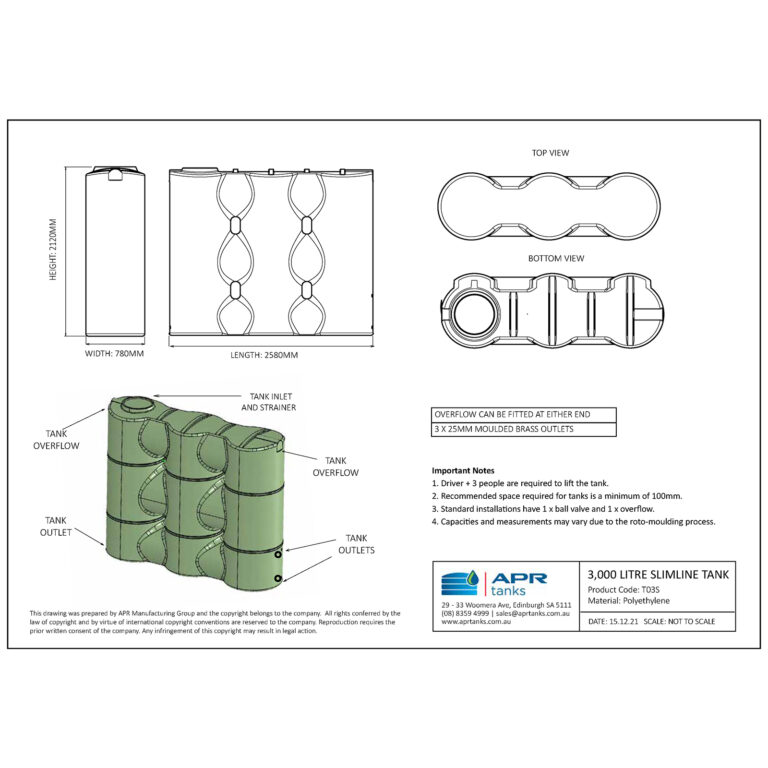Unveiling the Benefits of Rainwater Tanks in Lowering Water Costs and Environmental Effect
In a world where sustainability and cost-efficiency are increasingly important, the application of rain containers provides a practical and eco conscious service. The advantages of integrating rain tanks right into domestic or commercial residential properties extend beyond plain water expense reductions. By checking out the diverse benefits of such systems, one can discover a riches of understandings into how they add to a more sustainable future while favorably impacting both funds and the environment.
Expense Cost Savings With Rain Tanks
When considering the execution of rainwater containers, considerable price savings can be achieved with effective water management techniques. Rain gathering provides a sustainable solution that not only reduces water costs but also minimizes the stress on metropolitan water sources. By catching and storing rainwater for numerous non-potable uses such as irrigation, bathroom flushing, and laundry, families and businesses can substantially lower their reliance on cured water from the grid, leading to significant cost savings gradually.
One of the primary cost-saving advantages of rain containers is the decrease in water energy expenses. By utilizing harvested rainwater for activities that do not require potable water, such as sprinkling gardens or cleaning cars, people can reduce their overall water intake from the mains supply, resulting in lowered water costs. In addition, rain tanks can help reduce the influence of water constraints or droughts by offering an alternate water resource for necessary jobs, making certain connection in water without incurring too much prices. Generally, buying rain containers can cause long-term monetary cost savings while promoting water conservation and sustainability.

Ecological Impact Decrease
Implementing rainwater tanks not only leads to price savings but also adds considerably to lowering the environmental influence connected with water usage. By capturing rainwater that would otherwise run off into tornado drains pipes, rain storage tanks aid minimize pressure on traditional water sources like rivers and storage tanks. This reduced need for municipally treated water results in power financial savings and a decrease in the carbon footprint related to water treatment and circulation procedures.
Furthermore, using rainwater for activities such as gardening, irrigation, and cleaning decreases the requirement for utilizing cured water for non-potable functions. This preservation of drinkable water aids in maintaining water resources for vital uses and lowers the energy-intensive processes entailed in dealing with water to meet drinking requirements.

Water Bill Decrease Benefits
The setup of rainwater containers provides significant monetary benefits through decreases in water bills. By collecting and saving rain for different family uses, such as watering yards, purging bathrooms, or doing washing, homeowners can significantly decrease their dependence on the municipal water supply. This, subsequently, results in a visible decrease in water intake from traditional resources, leading to reduced water expenses at the end of each billing cycle.
Rainwater is a free and sustainable source that can supplement or perhaps replace the demand for using treated water for non-potable objectives. Therefore, homes with rain tanks can see a considerable decline in their general water costs in time. Furthermore, during durations of water restrictions or dry spell, having a rainwater tank can give a useful alternate water source, additional minimizing the dependence on expensive municipal water materials.
In essence, buying a rainwater storage tank not only adds to environmental preservation but additionally offers substantial financial benefits by decreasing water bills and promoting lasting cost savings for homeowners.
Lasting Water Management Solutions
Provided the economic benefits and minimized dependence on community water products that rainwater containers provide, discovering sustainable water administration solutions becomes a rational next step for home owners looking to optimize their water use. Lasting water administration includes carrying out techniques that efficiently and responsibly utilize water sources while decreasing waste and environmental impact. Rainwater harvesting, which involves collecting and storing rain for later usage, is a vital element of lasting water view management. By making use of rain containers to record and save rain, house owners can reduce their reliance on standard water resources, such as community materials or groundwater, thus adding to water conservation efforts.

Along with rainwater harvesting, sustainable water monitoring solutions might consist of executing water-efficient home appliances, fixtures, and landscaping techniques more helpful hints - Slimline water tanks. Installing low-flow commodes, showerheads, and faucets can considerably minimize water usage within families. Furthermore, including drought-resistant plants and using wise watering systems can assist decrease water use for outdoor landscaping. By adopting these sustainable water management techniques, house owners can not just maximize their water usage however also add to ecological preservation and lower their water costs in the lengthy run.
Community Water Source Preservation

In addition, community participation can extend to the implementation of water-saving innovations and practices on a larger scale. Motivating the adoption of rain tanks, greywater recycling systems, and reliable irrigation methods within areas can bring about substantial decreases in water usage. Furthermore, fostering a sense of collective obligation for water conservation can promote sustainable behaviors and methods among area members.
Furthermore, community water source conservation efforts can pave the means for stronger bonds among citizens and a shared commitment to ecological stewardship. By collaborating to shield and preserve water resources, areas can add considerably to a much more lasting and resistant future.
Final Thought
Finally, rain tanks offer substantial expense savings, environmental advantages, and add to lasting water management solutions. By minimizing water costs, preserving water sources, and decreasing ecological influence, rainwater containers play a vital duty in promoting water preservation and sustainability - Slimline water tanks. Their application not just advantages individual families but likewise adds to the more comprehensive objective of neighborhood water resource administration and Home Page preservation